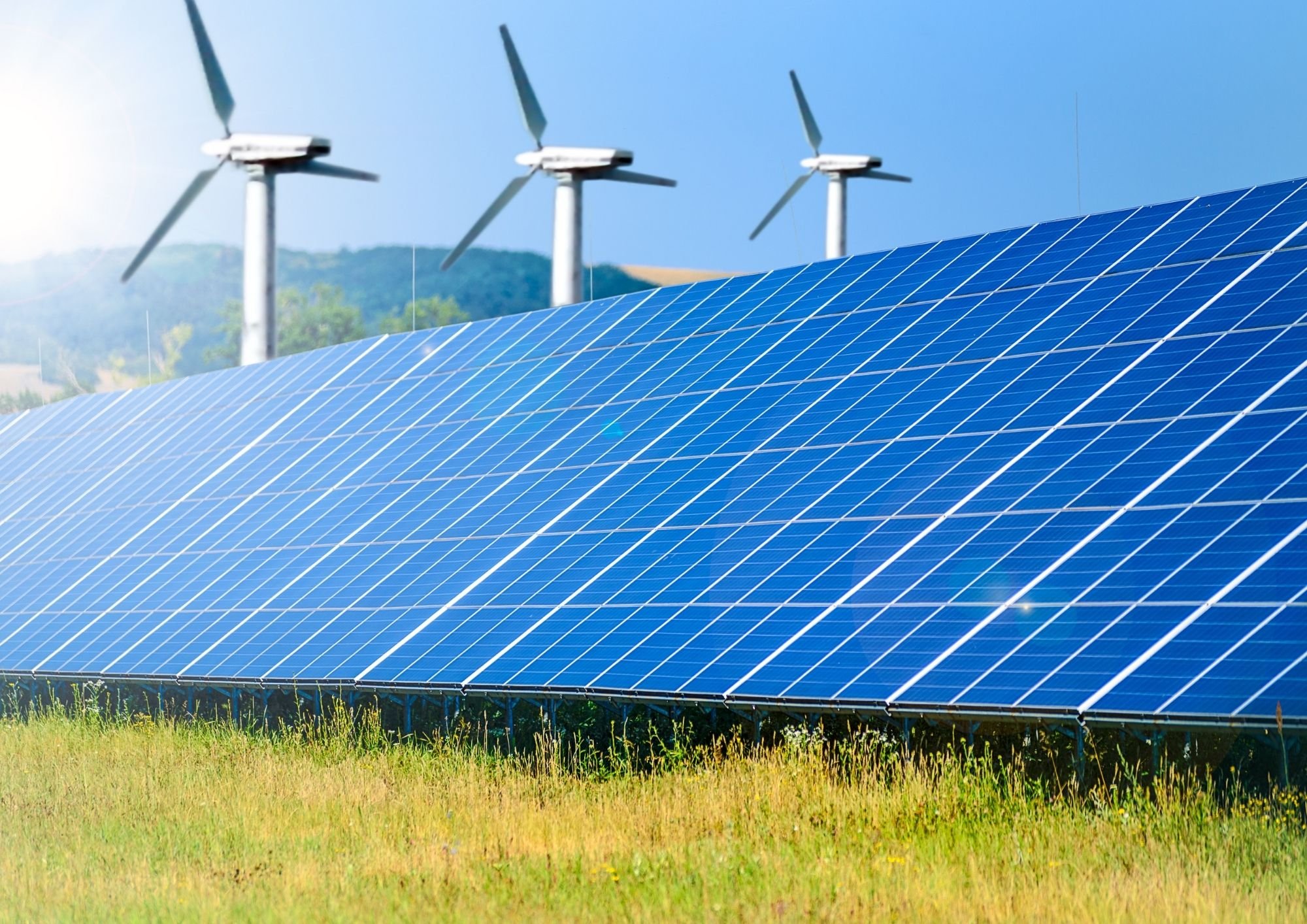Renewables pass the halfway mark in UK power generation.
The UK has reached a major clean energy milestone. In 2024, renewable sources supplied 50.4% of the nation’s electricity, up from 46.4% in 2023 - the first time that renewables have consistently generated more than half of the country’s power. It’s a remarkable achievement for a sector that, just a decade ago, accounted for less than 20% of the UK’s electricity supply.
What’s Driving the Growth?
The surge in renewable generation has been powered by a combination of factors. Offshore wind remains the backbone of the UK’s clean energy mix, with large-scale projects in the North Sea coming online and existing farms producing more electricity thanks to improved turbine technology. Solar has also seen a significant boost, with record levels of generation in 2024 supported by falling installation costs and strong investment in both utility-scale and rooftop systems.
Favourable weather conditions in parts of the year also helped push renewables over the 50% mark, but it’s not just about the weather. Advances in grid integration, improved forecasting, and smarter management of variable generation have made it easier to bring renewable electricity into the system reliably.
Beyond Capacity: The Next Big Challenges
Crossing the halfway mark is an achievement worth celebrating, but it also highlights the new challenges the UK must now tackle. The next phase of the energy transition is less about simply building more renewable capacity and more about upgrading the systems around it. That means:
Modernising grid infrastructure – Transmission lines and substations built for centralised fossil fuel plants need upgrading to handle distributed, variable renewable power.
Investing in storage and flexibility – Technologies like long-duration energy storage (LDES), grid-scale batteries, and demand-side response will be essential to balance supply and demand.
Streamlining grid connections – Many new projects are facing long delays waiting to connect. Addressing this bottleneck is critical to unlocking future capacity.
Recent moves - such as Ofgem’s support for 77 new long-duration storage projects and major network investment plans from utilities like Iberdrola - show that this shift is already underway. But significant policy support, regulatory reform, and sustained investment will be needed to build the resilient, flexible grid that a renewable-powered future demands.
What This Milestone Means
Passing the 50% threshold is more than just a number - it’s a powerful signal of how far the UK’s energy system has come, and how quickly it can change when policy, technology, and investment align. It also shows that net-zero targets are within reach if momentum continues. The UK now has the opportunity to lead globally in integrating high levels of renewables into a modern, flexible grid - one capable of delivering clean, affordable, and secure power for decades to come.

